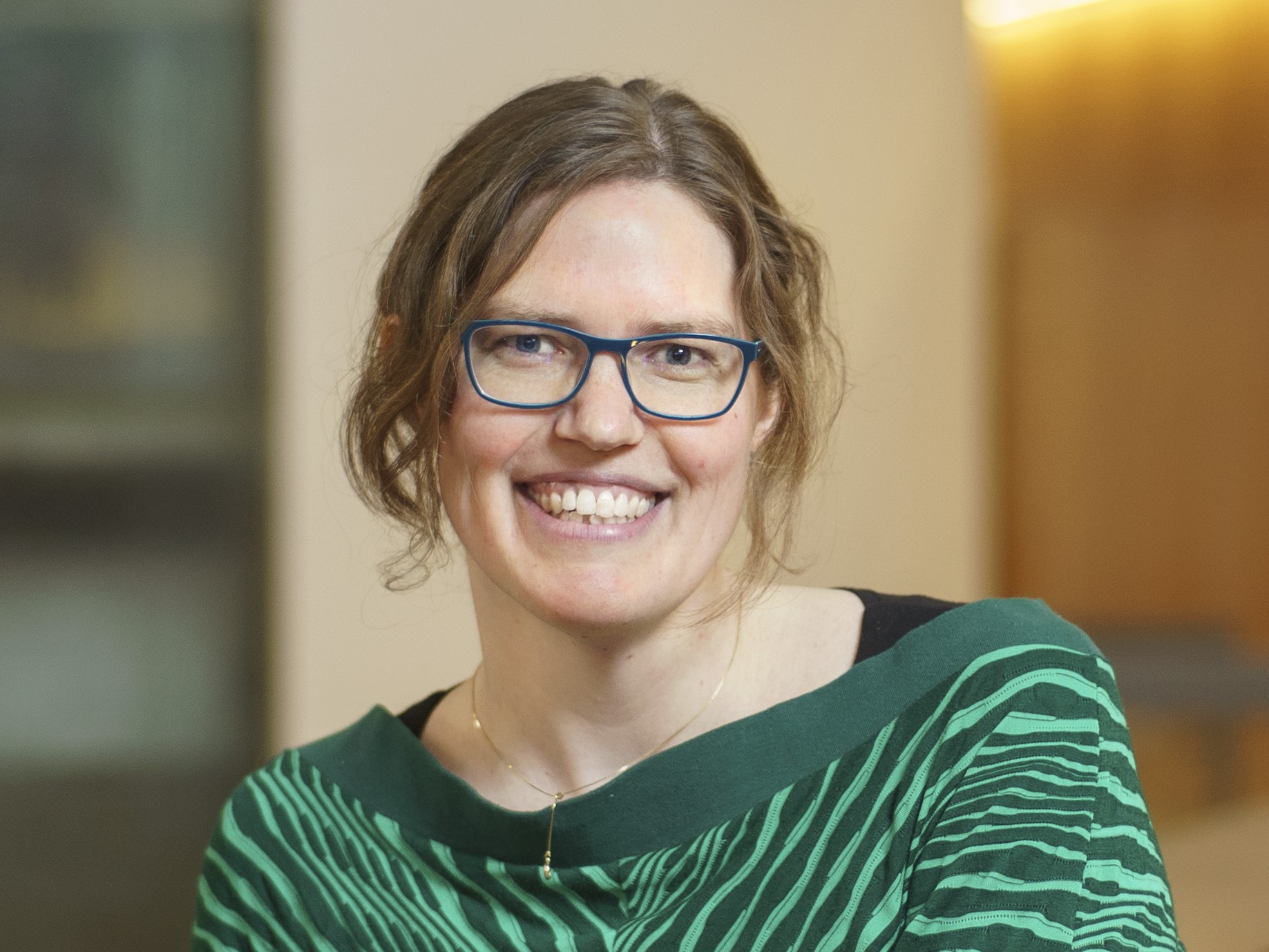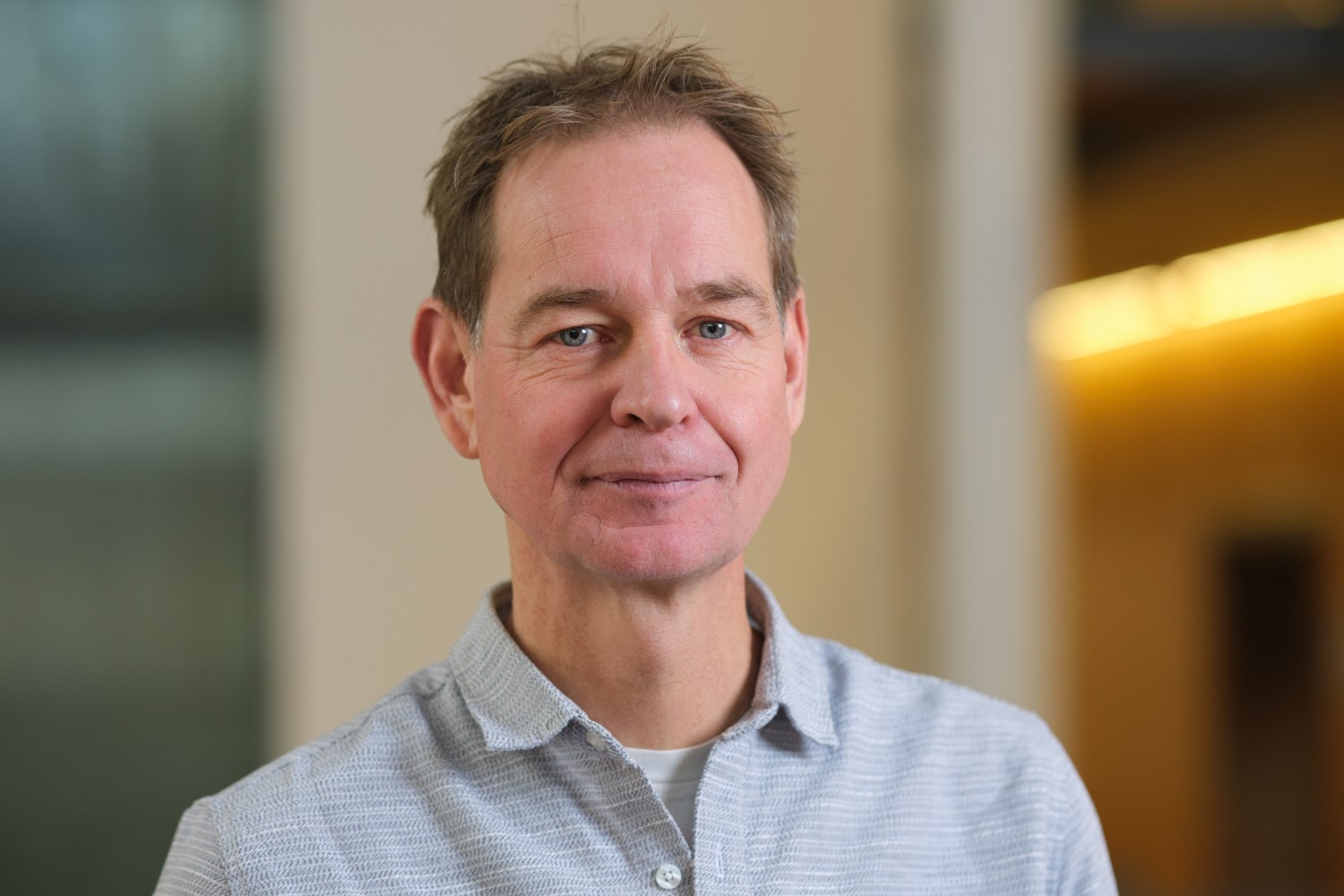
Wageningen World
More room for fire
Wildfires, from Australia to Siberia, are in the news more often every year. In Europe too, nature areas catch fire with increasing frequency. What is behind this, and what can be done about it? You'd rather keep the landscape open and free of dead matter.’
Text: Nienke Beintema | Afbeeldingen: Vicki Smith/Getty Images
Disaster strikes more and more often. The eucalyptus forests of Australia, the Canadian taiga, the heathland in Brabant. Even the Siberian tundra is burning, bleaching and smouldering. All this is putting more and more CO2 into the air worsening the greenhouse effect and giving us even hotter and drier summers, causing even more fires. What is to be done? Invest more in firefighting? Not necessarily, say Wageningen experts. Instead, they argue for a completely different approach targeting prevention and a ‘resilient landscape’.
One of these experts is Cathelijne Stoof, a wildfire specialist in Wageningen and the project leader of PyroLife, an international training programme on wildfire management for PhD students. The other is Guido van der Werf, who specializes in the interactions between wildfires and the climate. He started in Wageningen on 1 September 2023, as a personal professor of Wildfires and the Carbon Cycle.
‘People always see fire as a bad thing,’ says Van der Werf, ‘whereas fire is also a very useful part of the natural cycles on Earth. Fire clears away dead matter and ensures a rapid recycling of nutrients. It clears the way for new life, literally and metaphorically. In earlier times, people made use of fire by periodically burning land, but on a small and manageable scale. Nowadays people know very little about fire. They have lots of wrong ideas about it.’

Stoof: ‘That is also because of a massive bias in the reporting: the evacuation of holidaymakers on Rhodes was in the news for days, the wildfire in Algeria which killed 34 people hardly at all. People are often surprised to hear that Africa has the most fires. And on the news, you only ever see fleeing people and burned-out cars. But never recovery, the fresh green growth and carpets of wildflowers. That negative framing suggests that all fires are bad and must be stopped. For the bigger picture, it is important that we sometimes accept fire. That calls for a more diverse perspective on fire than we generally see at present.’
How may fires are there worldwide, actually?
Van der Werf: ‘I look at the role of fires in the carbon cycle on a global scale. Where are the fires, and what gets into the air? You can calculate that if you know how much biomass is involved. Fires are carbon-neutral in theory: the emissions are compensated for by the new growth. But when the number of fires increases, as is happening in the far north, they do help to reinforce the greenhouse effect. As a result you get more droughts every year and therefore even more fires. And we’re talking about a lot of CO2: the fires in Canada this year emitted more CO2 than all the traffic and industry in the Netherlands.’
‘But the system is much less straightforward than you think. Fire releases a lot of fine particles too, for instance. And that can have a cooling effect, by reflecting solar radiation. And when a coniferous forest disappears in the far north, the snowy landscape gets whiter, causing it to reflect more solar radiation in the spring. We are trying to get as good a grasp as possible of this global system.’
Are there more wildfires in the Netherlands than there used to be?
Stoof: ‘The Netherlands has kept excellent statistical records since 1924. Fire was the enemy of the timber harvest, so damage to timber plantations was closely monitored. But fires on heathland, for example, was very much under-reported. And after several mild years, people stopped collecting statistics altogether in 1994. So in 2017, a fire brigade colleague and I started collecting new statistics. Good data on fires is essential for prevention and safety, for understanding the effects of climate change, and for fulfilling our Kyoto obligations.’
‘Nowadays, we have between 100 and 1100 fires per year, averaging about 600 covering a total of about 400 hectares. That is roughly the same scale as it used to be, but there are peaks and troughs. And I’m guessing that the impact is getting bigger and bigger, because the Netherlands has become more and more densely populated. And we have more and more vital infrastructure.’
You state the case for less emphasis on firefighting. Why?
Stoof: ‘We are reaching the limits of our firefighting capacity. The biggest fires in Australia, Southern Europe and Canada are just impossible to put out. What is more, focusing on firefighting only makes the problem worse. If a landscape doesn’t get burned enough, you get an accumulation of dry organic matter. And then if it does catch fire, the fire is immediately massive and unmanageable.’

‘What we are arguing for is a certain resilience in the landscape. That can be achieved through landscape design and the way people live and work there. This approach entails the conservation of small-scale cultivated landscapes and knowledge of how you can live with nature. The ideal is a “living landscape”: a bio-economy in which people can live off the land, and thanks to which rural areas remain attractive places to live and work.’
That sounds like a complex socio-economic puzzle to solve.
Stoof: ‘Right. But it is possible, that kind of shift in awareness and policy. We saw that in the world of water management. In the space of 20 years, “living with water” and “room for the river” have become widely shared concepts. We no longer seek to simply control and hold back water, but wherever we can we give it space.’
Van der Werf: ‘Fire, like water, does generate its own dilemmas. The space you would ideally want to reserve for fires might clash with existing infrastructure, for CATHELIJNE STOOF Wildfire specialist and project leader at PyroLife. As well as with our wish for forests to sequester more and more carbon. We’ll have to make some decisions.’
Do we have any examples of that kind of ‘fire-resilient’ landscape in the Netherlands?
Stoof: ‘An interesting pilot area is the Ministry of Defence terrain near ’t Harde, along the A28. There you see a combination of acceptance of fire, landscape management based on that, and good cooperation between the various organizations. In the early spring, the Ministry’s fire brigade does controlled burning in this area. Actually, that is not only useful for landscape management but also for learning from fire and for bringing different parties together that don’t otherwise see much of each other.’
Van der Werf: ‘That controlled burning is one way of managing the landscape. It requires a lot of labour. You would rather find more natural ways of keeping the landscape open and free of dead matter. By grazing, for instance. And of course you should also consider what you do one stage earlier: where do you plant trees, how many, and which species? Deciduous trees burn much more slowly than conifers, for example.’
Stoof: ‘That’s why we talk about “integral fire management”. It’s about combatting fire, but also about preparedness and prevention of unmanageable situations, about recovery, about learning and communication: the entire circle. To involve all the relevant parties in the design and management of the landscape: owners and managers, and also firefighters and fire specialists.’
And scientists?
Stoof: ‘Yes, we are looking for lots of forms of collaboration. For example, we are now working intensively with Marc Castellnou, who has been a chief fire officer in Catalonia for 20 years. He is doing research as an external PhD student at WUR. In his job, he “reads” fires, the landscape and the atmosphere, and we use the very detailed data collected by him and fire officers around the world to study the fundamental processes that cause wildfires to become extreme.’
Van der Werf: ‘When fires get so intense that they communicate with the upper layers of the atmosphere, they can create their own weather systems, which is massively unpredictable and therefore dangerous.’
Stoof: ‘Without those many years of hands-on experience and the very detailed data, this research would not be possible. At the same time, Marc uses the results continuously in his fire management, which means we’re not only applying the knowledge immediately, but can also test ideas and improve them.’
Van der Werf: ‘That collaboration between scientists and practitioners is crucial.’ Stoof: ‘That’s why we are always asking: where can we collaborate? And not in a colonial, top-down fashion – scientists who decide everything without consulting stakeholders. It’s all about formulating the questions together.’